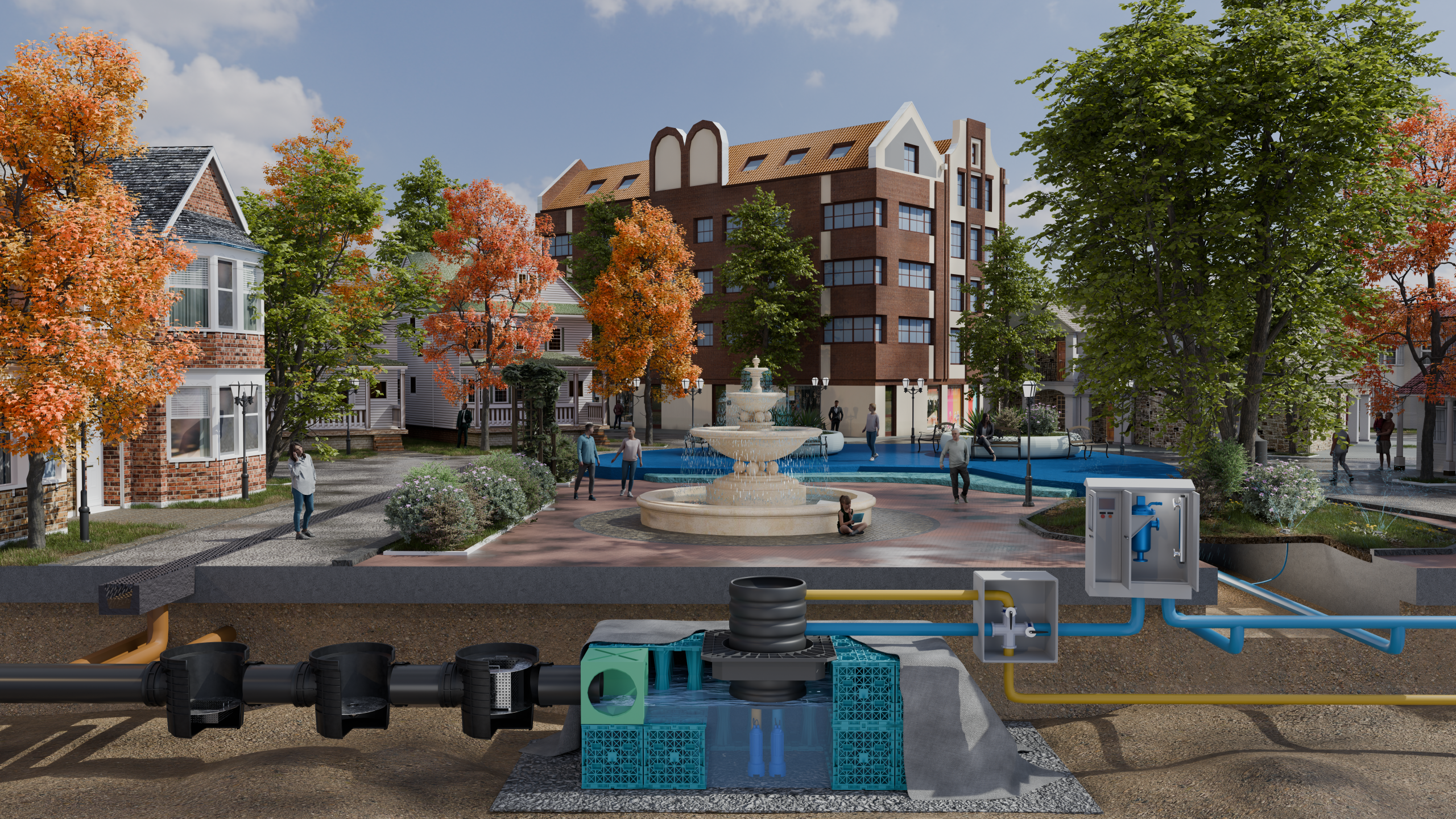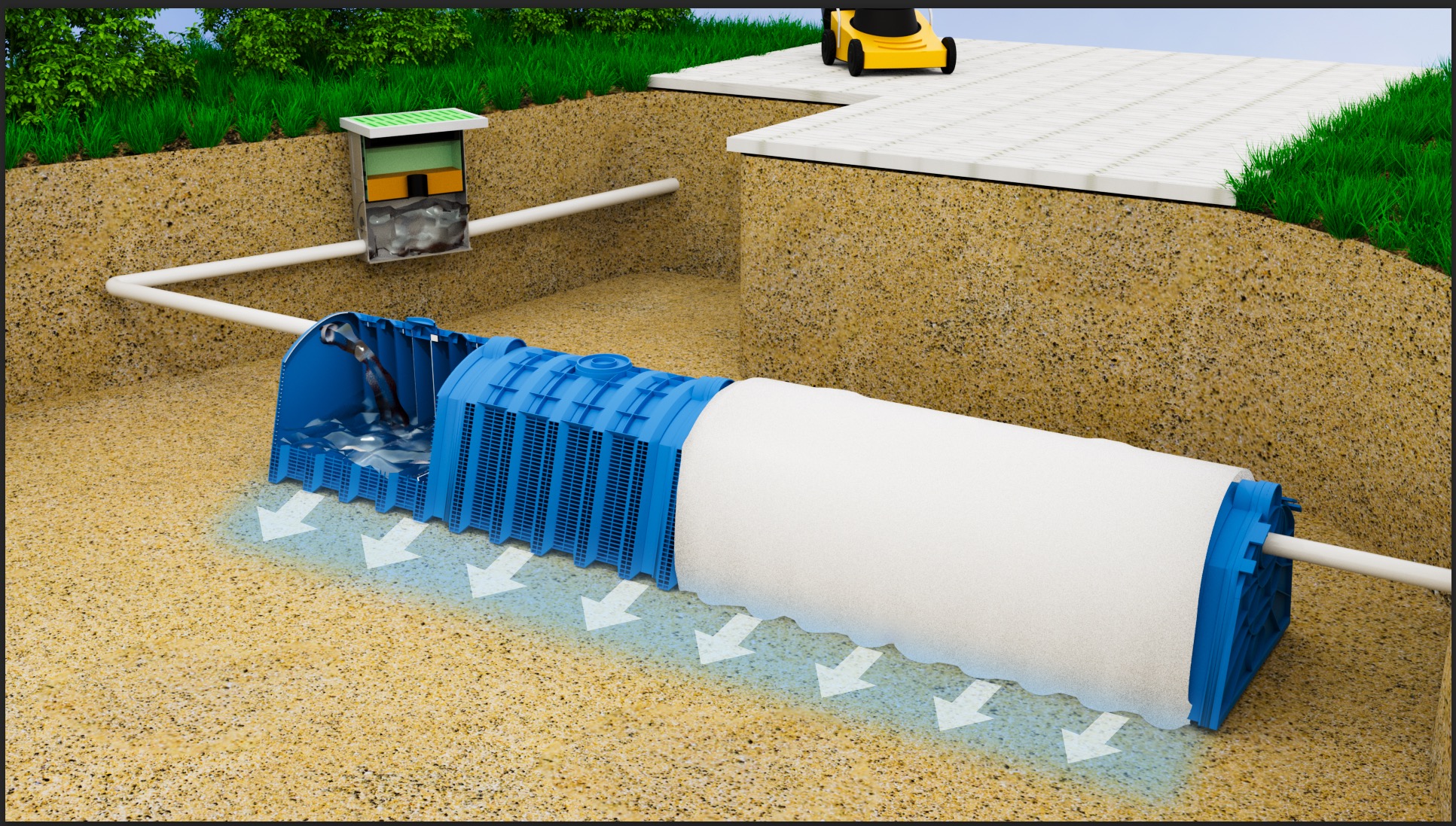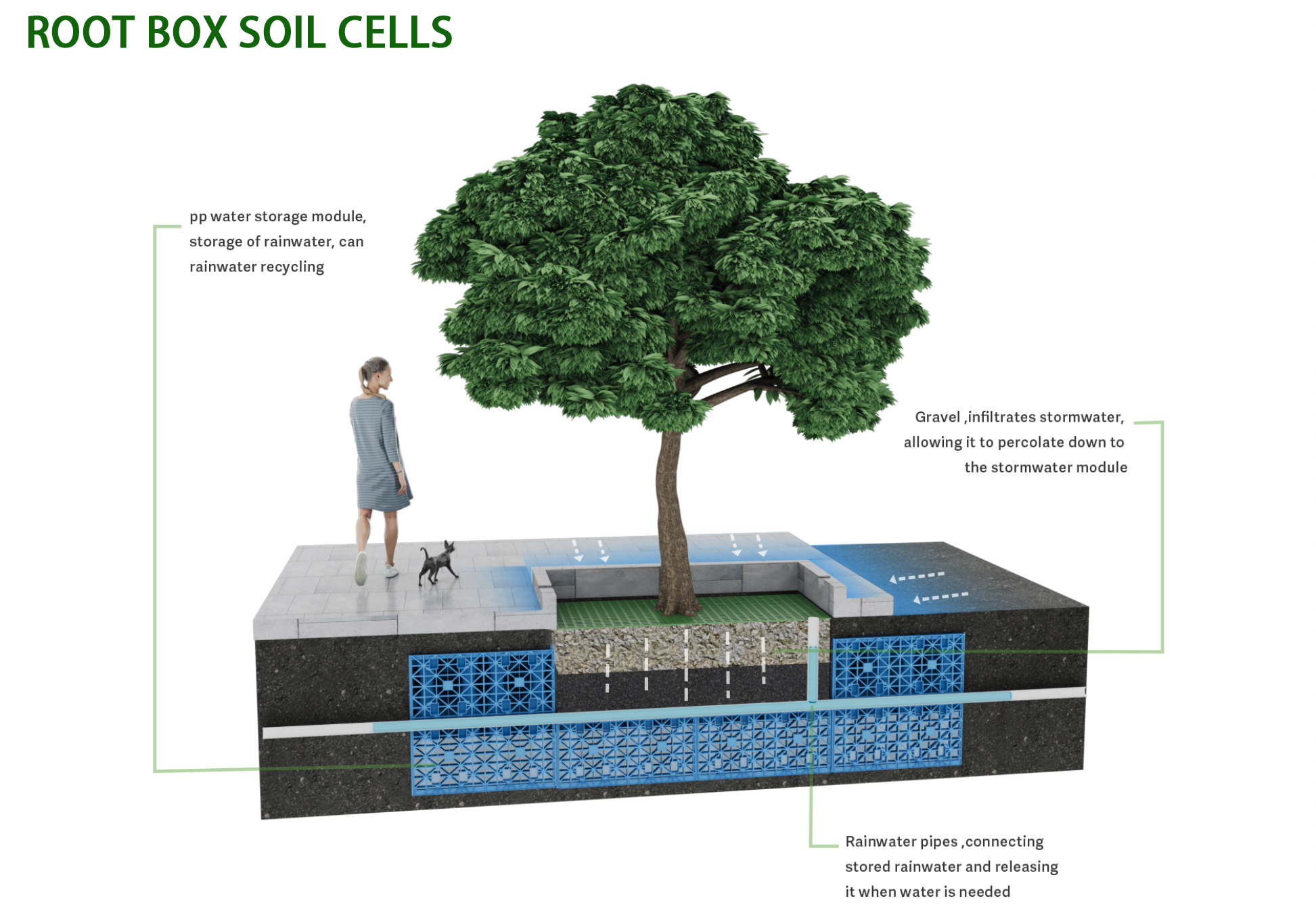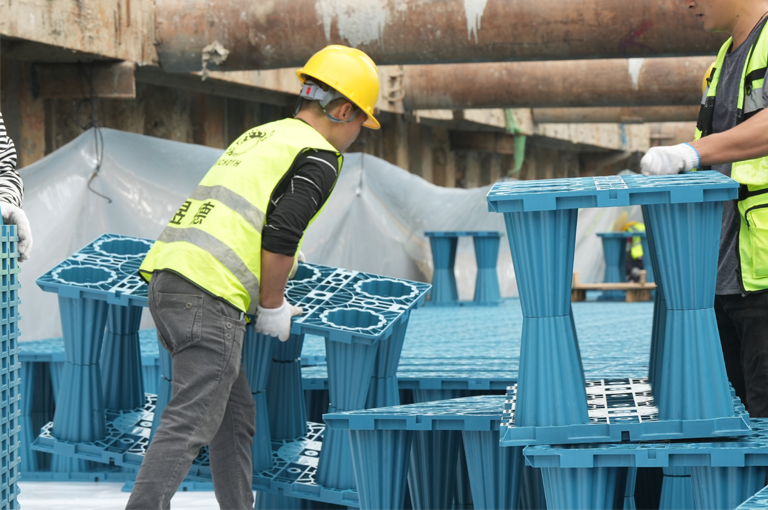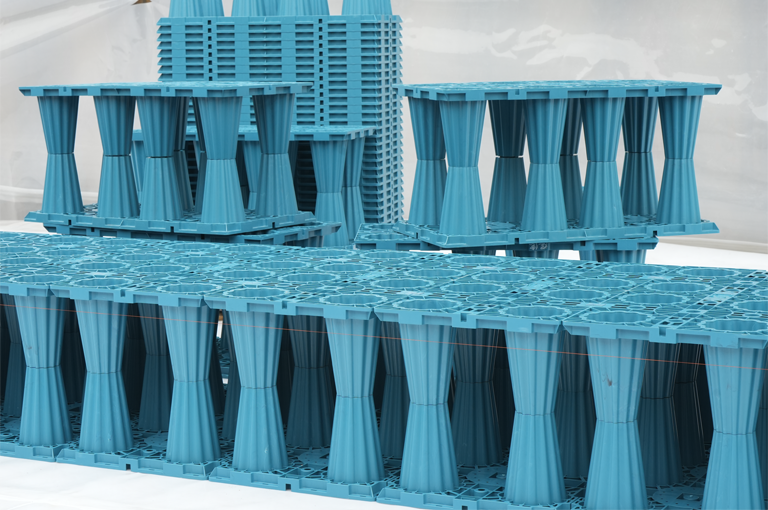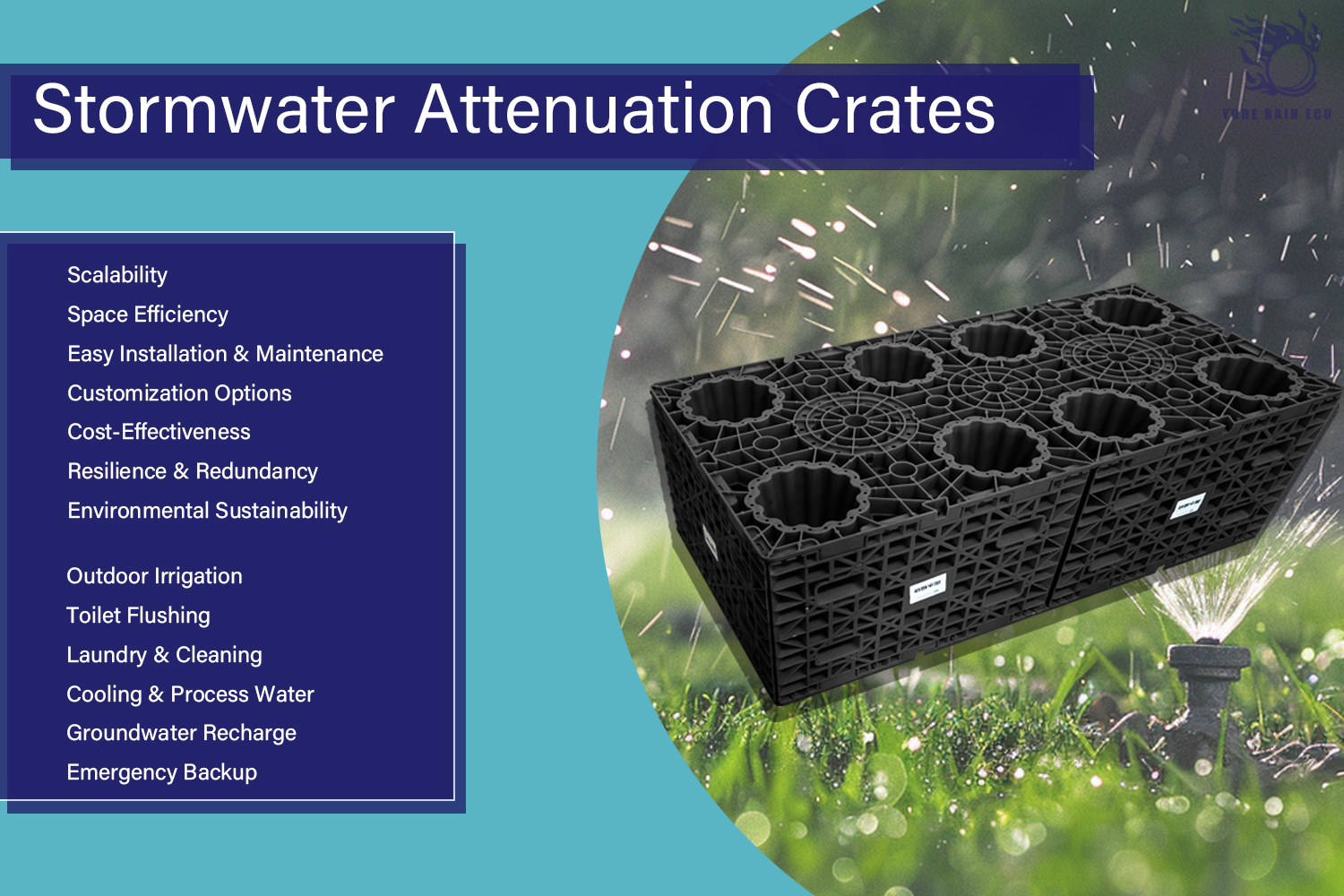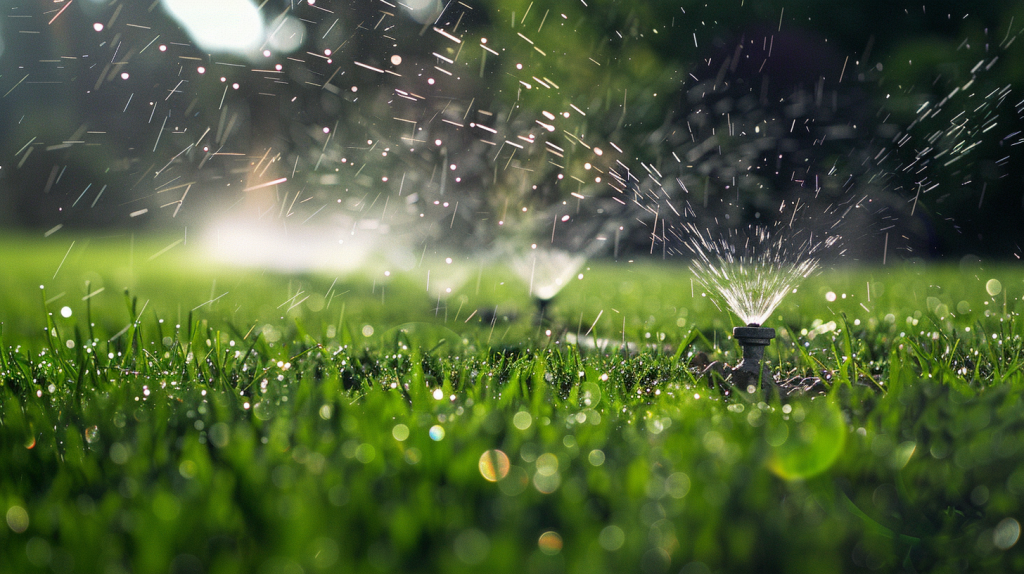The Global Shift Toward Sustainable Water Infrastructure
As climate change accelerates and urbanization intensifies, cities worldwide are facing mounting challenges in managing stormwater. Traditional surface drainage systems are increasingly inadequate to handle extreme rainfall events, resulting in urban flooding, groundwater depletion, and environmental degradation. In response, engineers, architects, and municipal planners are turning to sustainable and space-efficient solutions — most notably, underground rainwater collection systems.
These systems play a pivotal role in modern stormwater management strategies by capturing, storing, and reusing rainwater below the surface, freeing up land while promoting water conservation. In this blog, we’ll explore the principles, benefits, technologies, and applications of underground rainwater harvesting — with a focus on YudeRainEco’s engineered solutions.
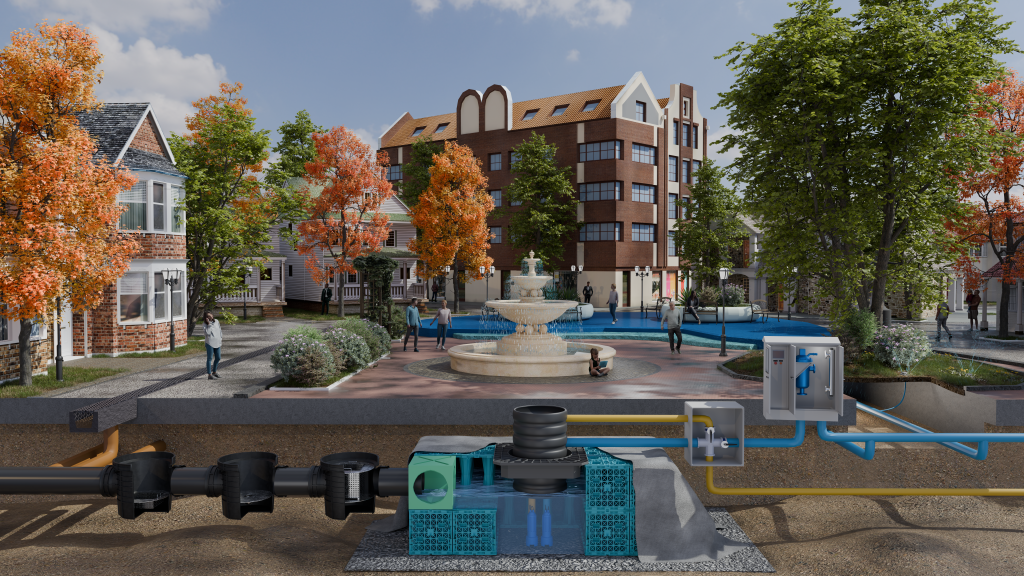
What Is an Underground Rainwater Collection System?
An underground rainwater collection system is a subsurface structure designed to capture and store rainwater runoff from roofs, roads, parking lots, and landscaped areas. These systems typically include:
-
Catchment area (e.g., rooftops)
-
Pre-filtration units (grit chambers or filter baskets)
-
Storage tanks or crates (such as geocellular attenuation tanks)
-
Overflow and discharge systems
-
Pump or gravity-fed reuse mechanisms
Rather than allowing rainwater to become surface runoff, the system infiltrates, detains, or stores the water underground, mitigating flooding and enabling reuse for non-potable applications like irrigation, toilet flushing, or industrial use.
Benefits of Underground Rainwater Collection Systems
1. Urban Flood Mitigation
Extreme rain events are becoming more frequent. Underground tanks act as attenuation basins, temporarily storing excess runoff and releasing it slowly into the ground or public drainage systems — reducing peak flow rates and flood risks.
2. Land Use Optimization
By moving storage infrastructure below the surface, cities and property developers can maximize above-ground real estate — ideal for dense urban environments, parks, and commercial developments.
3. Groundwater Recharge
Systems designed for infiltration allow water to percolate naturally back into the soil, helping recharge aquifers and combat urban water table decline.
4. Rainwater Reuse and Water Cost Reduction
Captured rainwater can be filtered and reused for various non-potable applications. This reduces dependence on municipal supplies and lowers water bills for commercial and industrial users.
5. Environmental Compliance
Many countries are introducing regulations to control stormwater runoff quality and quantity. Underground systems help developers meet local SuDS (Sustainable Drainage Systems) or WSUD (Water-Sensitive Urban Design) requirements.
Key Technologies: Modular Tanks and Attenuation Crates
Modern underground systems leverage lightweight, high-strength modular components — most notably, polypropylene-based geocellular crates that can be assembled on-site to form storage basins of any size or shape.
YudeRainEco’s flagship products — such as the YD StormBreaker® series — represent the latest in this field. Designed to withstand loads of up to 60 tonnes, these crates feature:
-
Interlocking modular design
-
High void ratio (>95%) for maximum storage
-
Excellent compressive strength and chemical resistance
-
Quick on-site assembly
-
Sustainable, 100% recyclable materials
Our modules are engineered to support not just residential or commercial landscaping, but also industrial yards, parking lots, and heavy-load urban roads.
Design Considerations and Installation
Designing an effective underground rainwater system requires careful hydrological analysis. Factors include:
-
Rainfall intensity and frequency (IDF curves)
-
Catchment surface area and runoff coefficient
-
Soil permeability and water table depth
-
Required detention or infiltration rate
-
Load-bearing requirements
Installation typically involves excavation, base preparation (e.g., gravel or permeable bedding), crate assembly, geotextile or geomembrane wrapping (depending on reuse or infiltration function), and surface reinstatement.
YudeRainEco provides customized system layouts and engineering support to ensure compliance with local hydrological and regulatory conditions.
Applications Across Sectors
Underground systems are being deployed across a wide range of sectors:
Commercial Real Estate
Shopping malls, office parks, and mixed-use developments benefit from hidden water infrastructure that supports LEED or BREEAM certification while reducing operational costs.
Industrial Parks
High-volume runoff from warehouses and production zones is efficiently managed with load-bearing crates that allow heavy truck traffic above.
Municipal Infrastructure
Roadways, public squares, and transportation hubs integrate rainwater tanks beneath to reduce surface discharge during storms.
Educational & Healthcare Facilities
Campuses and hospitals are ideal sites for rainwater reuse, especially for landscaping and sanitation.
Smart Cities & Green Buildings
As part of integrated water management strategies, smart cities are adopting underground systems alongside IoT water sensors for automated monitoring and control.
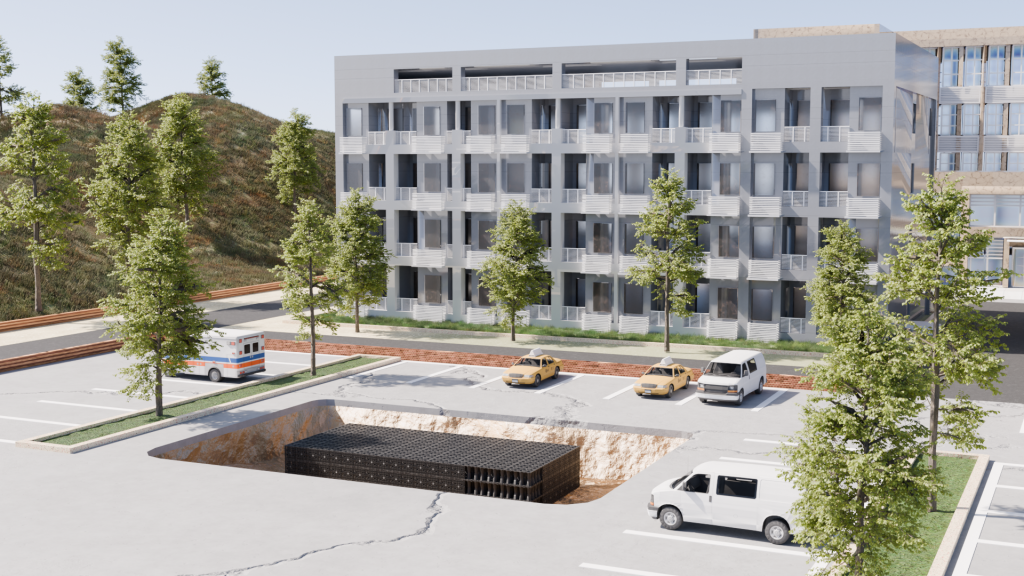
Regulatory Trends Driving Adoption
Governments and municipalities are increasingly enforcing regulations that support underground rainwater collection:
-
UK: DEFRA’s non-statutory SuDS standards encourage infiltration systems for new developments.
-
Australia: WSUD mandates stormwater quality treatment and volume management.
-
EU: The Water Framework Directive promotes reuse and pollution prevention.
-
China: Sponge City initiative requires urban projects to manage 70% of stormwater on-site.
By choosing underground systems, developers align with national policies while future-proofing projects against stricter environmental audits.
Case Study: YudeRainEco Project Spotlight
Project: Industrial Automation Park, Dongguan, China
System: 2000 m³ capacity using YD StormBreaker60® modules
Features:
-
3-meter high underground tank
-
Integrated pump for reuse in landscape irrigation
-
Covered by vehicular traffic and light industrial activities
Outcome: The system drastically reduced discharge into municipal drains during rain events and enabled reuse of over 800 m³/month for non-potable uses, cutting water bills by 15%.

The Future: Integration with Smart Monitoring and ESG Goals
As sustainability reporting and ESG compliance become mandatory for corporations and developers, underground rainwater systems will play a bigger role in tracking water reuse, flood resilience, and carbon reduction.
Future innovations may include:
-
IoT water level sensors
-
AI-driven water balance optimization
-
Green roof-to-tank integration
At YudeRainEco, we are actively working on system enhancements that integrate data monitoring and predictive modeling to create truly smart and regenerative water infrastructure.
Conclusion: Why Now Is the Time to Invest in Underground Rainwater Solutions
The environmental, economic, and regulatory arguments for underground rainwater collection systems are stronger than ever. From flood prevention to cost savings, from ESG compliance to long-term water resilience, these systems offer a sustainable backbone for modern cities.
At YudeRainEco, we’re proud to design and deliver future-ready underground water solutions that meet the evolving needs of urban planners, architects, and developers.
📩 Contact us today for a custom underground rainwater solution tailored to your project needs.
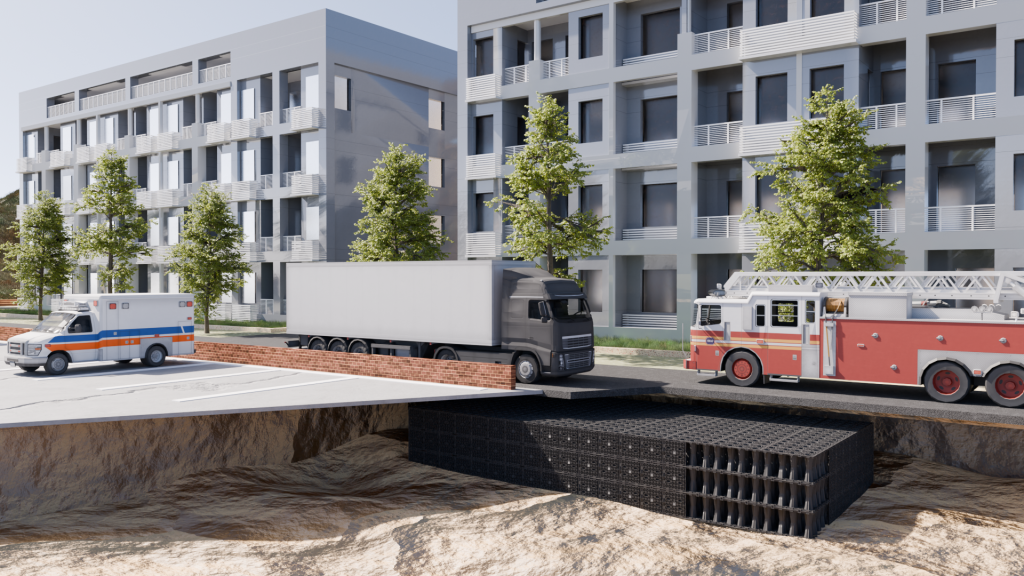
Frequently Asked Questions (FAQ)
1. What is an underground rainwater collection system?
An underground rainwater collection system is a subsurface structure designed to capture, store, and manage rainwater runoff. It typically includes modular tanks or crates installed beneath the ground to prevent flooding, enable water reuse, or allow infiltration into the soil.
2. How does an underground system differ from a traditional surface rainwater tank?
Unlike surface tanks, underground systems save space by being buried beneath landscapes, parking areas, or roads. They also provide larger storage capacities and can be designed to handle vehicle loads, making them ideal for urban and commercial developments.
3. What are the main applications of underground rainwater tanks?
These systems are used for:
-
Irrigation water storage
-
Groundwater recharge
-
Toilet flushing and greywater applications
-
Sustainable drainage compliance (SuDS, WSUD, etc.)
4. Can underground rainwater systems be used in high-traffic or load-bearing areas?
Yes. High-strength modular systems like YD StormBreaker® from YudeRainEco are engineered to withstand heavy loads up to 60 tons, making them suitable for industrial parks, highways, and commercial lots.
5. Is maintenance difficult for underground systems?
No. Properly designed systems include access manholes, filter baskets, and inspection chambers that make maintenance straightforward. Routine cleaning schedules are recommended to prevent silt and debris buildup.
6. What materials are used in YudeRainEco’s underground systems?
Our systems use environmentally safe, recyclable polypropylene (PP) known for its high compressive strength, corrosion resistance, and long-term durability in underground conditions.
7. Are these systems customizable?
Absolutely. YudeRainEco offers modular, scalable designs that can be tailored to your site’s size, load requirements, and reuse goals — from small residential systems to large-scale industrial installations.
8. Does an underground system help with LEED or BREEAM certification?
Yes. Rainwater reuse and effective stormwater management contribute to points under LEED, BREEAM, and similar green building rating systems, helping developers meet sustainability goals.
9. Can captured rainwater be reused for drinking purposes?
Not directly. Captured rainwater can be reused for non-potable applications. For drinking use, additional filtration and treatment (e.g., reverse osmosis, UV sterilization) would be required per local health regulations.
10. How can I get a customized solution for my project?
Simply contact the YudeRainEco team. We provide full engineering consultation, including hydrological modeling, compliance assessment, CAD drawings, and material supply for global projects.
📩 Contact us now to get started with your underground rainwater system design.


